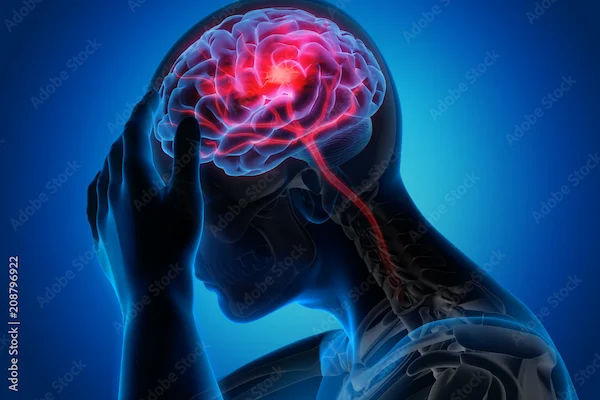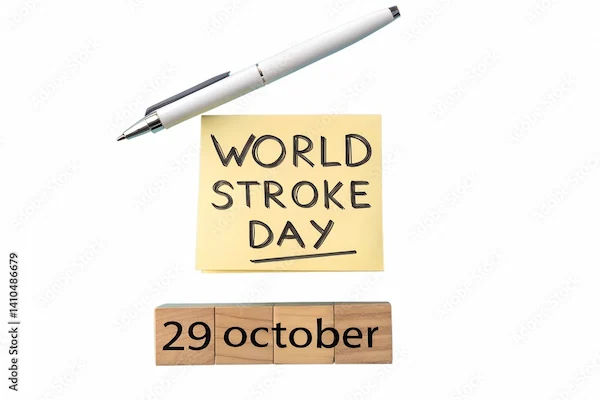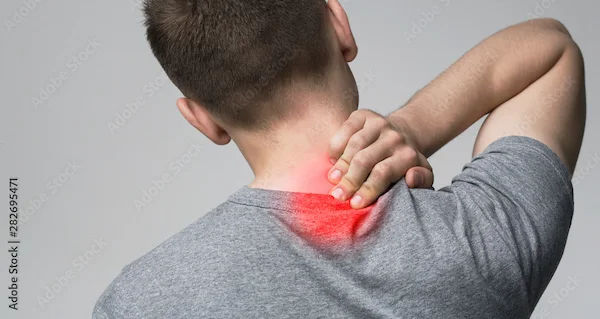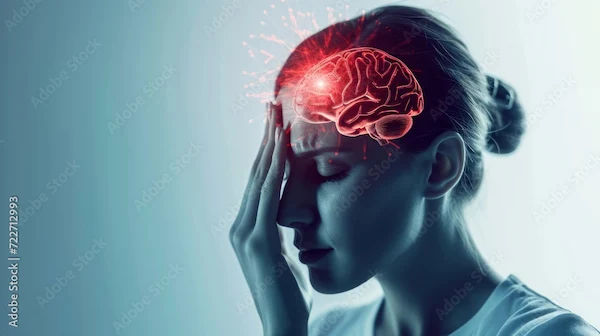Recognising Stroke Symptoms Fast: A Guide to Saving Lives
A stroke is a medical emergency that can result in severe disability or death if not treated immediately. Recognising the signs and symptoms of a stroke as quickly as possible is crucial in minimising the damage to the brain and improving the chances of recovery. This article aims to educate and empower individuals with the knowledge they need to recognise the symptoms of a stroke, understand why rapid recognition is so important, and take the necessary actions to ensure timely medical intervention.

Written by Dr.Sonia Bhatt
Last updated on 3rd Jul, 2025

What is a Stroke?
A stroke happens when there is a disruption in the blood flow to the brain. This can either be due to a blockage in a blood vessel (an ischaemic stroke) or a rupture of a blood vessel, leading to bleeding in the brain (a haemorrhagic stroke). The brain cells in the affected area begin to die because they are deprived of oxygen and nutrients, which can result in permanent damage.
While strokes can affect anyone, regardless of age, the risks increase with factors like high blood pressure, heart disease, and smoking. Regardless of the type, the sooner a stroke is recognised and treated, the more likely a person will experience a full recovery.
Why is Fast Recognition of Stroke Symptoms Important?
The key to minimising brain damage and improving recovery outcomes after a stroke is time. Stroke is often described by medical professionals using the phrase, “time is brain”. For every minute that passes without treatment, around 1.9 million brain cells are lost. This rapid loss can lead to significant, permanent brain damage that can impair speech, mobility, memory, and other cognitive functions.
The brain is an intricate organ, and the areas that control different bodily functions are very specific. When a stroke occurs, the disruption in blood flow can affect a person’s ability to speak, move, or think clearly, depending on which part of the brain is impacted. Quick recognition of the symptoms enables medical teams to intervene swiftly, offering the possibility of treatments that can stop the stroke from causing further harm.
In the case of ischaemic strokes (the most common type), blood flow can often be restored through treatments like clot-busting drugs (thrombolytics), which need to be administered within a specific window of time, usually within 3 to 4.5 hours from symptom onset. Mechanical thrombectomy, a procedure to remove a clot from a blocked artery, also has an optimal time window of about six to 24 hours, depending on the stroke’s location. The faster you recognise a stroke, the sooner medical teams can begin the necessary treatment, reducing the risk of permanent damage or death.
Recognising Stroke Symptoms: The FAST Test
Knowing how to quickly identify a stroke can make the difference between life and death. The FAST test is the easiest and most widely used method to recognise the symptoms of a stroke. The FAST acronym stands for:
Facial drooping: Ask the person to smile. Is one side of the face drooping or uneven? If you notice that one side of their face appears numb or weaker than the other, this could be a sign of a stroke.
Arm weakness: Ask the person to raise both arms. Does one arm drift downward or seem weaker than the other? Weakness or numbness in one arm is a common symptom of stroke and should be taken seriously.
Speech difficulties: Ask the person to repeat a simple sentence, such as “The sky is blue.” Is their speech slurred, garbled, or difficult to understand? Difficulty in speaking clearly is another common sign of a stroke.
Time to call for help: If any of the above symptoms are present, call emergency services immediately. Time is of the essence, and every second counts when treating a stroke. Don’t wait for symptoms to subside—act right away.
Other Signs and Symptoms of a Stroke
While the FAST test is an essential tool, it is important to be aware that strokes can present with a range of symptoms. These can differ depending on the type of stroke and the part of the brain that is affected. Common signs of a stroke include:
Sudden numbness or weakness in the face, arm, or leg, especially if it’s on one side of the body.
Sudden confusion or trouble understanding speech: If the person is suddenly unable to understand you or they are struggling to form coherent sentences, this could indicate a stroke. They may also appear confused or disoriented.
Sudden vision problems: A stroke may cause blurred vision, double vision, or even a loss of vision in one or both eyes. Vision disturbances are a common stroke symptom that often gets overlooked.
Sudden severe headache: Some people experience a sudden, intense headache, which can be a sign of a haemorrhagic stroke. If the headache is different from any headache they’ve experienced before, especially if it’s accompanied by other symptoms, immediate medical attention is needed.
Sudden dizziness, loss of balance, or coordination issues: Strokes can affect the cerebellum, the part of the brain responsible for balance and coordination. Sudden dizziness, a lack of balance, or trouble walking may be signs of a stroke.
What to Do if You Suspect a Stroke
If you suspect that someone is having a stroke, it’s critical to act quickly. Here’s what you should do:
Call emergency services immediately: Call emergency medical services and report the symptoms you have observed. Be sure to mention that you believe the person is having a stroke so that emergency responders can be prepared. Timing is crucial, so don’t wait to see if the symptoms improve.
Stay calm and reassure the person: Stroke victims can become anxious or frightened, so it’s important to stay calm and reassure them while waiting for medical help. Help them sit or lie down in a comfortable position, but avoid moving them unnecessarily.
Note the time of symptom onset: It’s essential to document the time when symptoms first appeared. This information will help doctors determine the appropriate treatment options. For instance, clot-busting medications are most effective when administered within a few hours of symptom onset, and knowing the exact time can help medical teams make quick decisions.
Do not give the person anything to eat or drink: If the person is having trouble swallowing, there’s a risk they could choke. Avoid offering them food, drink, or medications. Wait for medical professionals to arrive and assess the situation.
Don’t attempt to treat the stroke yourself: While it might be tempting to try and help, it’s best to leave medical interventions to healthcare professionals. They have the training and equipment necessary to provide the correct treatment.
The Role of Early Treatment in Stroke Recovery
The earlier the treatment, the better the chances of minimising brain damage and increasing the potential for recovery. If a stroke is identified early and treated effectively, the following benefits can occur:
Reduced brain damage: As mentioned earlier, stroke causes brain cells to die when deprived of oxygen and nutrients. Early intervention, such as clot-busting drugs or mechanical thrombectomy, can restore blood flow to the affected part of the brain and limit the amount of damage.
Improved recovery outcomes: The faster the stroke is treated, the more likely the person will experience a successful recovery. Prompt treatment can reduce the severity of long-term disabilities, such as problems with movement, speech, and cognition.
Less risk of complications: Stroke patients who receive early treatment are less likely to develop complications, such as infections, blood clots, or swelling in the brain. These complications can worsen recovery and lead to more severe outcomes.
Access to appropriate therapies: For those who are treated early, rehabilitation therapies like physiotherapy, speech therapy, and occupational therapy can begin sooner, providing a better chance of regaining lost skills and improving quality of life.
Why Stroke Awareness is Critical
Despite the prevalence of stroke, many people can be unaware of the warning signs and may not act quickly when they suspect a stroke. Public awareness campaigns like the FAST test have made significant strides in helping people recognise stroke symptoms. However, there is still much work to be done to improve recognition rates, especially in rural areas or populations with limited access to healthcare services.
It’s important to educate yourself, your family, and your community members about the symptoms of stroke, as this knowledge could save a life. Additionally, if you or a loved one has been at risk for stroke in the past, you should learn how to recognise the signs and what actions to take.
Conclusion
Recognising stroke symptoms quickly can be the difference between life and death. Early recognition and fast medical intervention significantly improve the chances of a full recovery, reducing the extent of brain damage and offering a better quality of life. By learning the signs and symptoms of a stroke, such as using the FAST test, you empower yourself and others to act fast when it matters most. In any case of a suspected stroke, don’t hesitate to seek emergency medical help. The sooner treatment begins, the better the outcome. Remember, time is brain—every minute counts when it comes to saving lives.
Consult Top Neurologists
Consult Top Neurologists

Dr. Aditendraditya Singh Bhati
Neurosurgeon
18 Years • MBBS(2004), DNB Neurosurgery(2014); MNAMS; Fellow Neuroendoscopy
Delhi
Apollo Hospitals Indraprastha, Delhi
(100+ Patients)

Dr. Ganeshgouda Majigoudra
Neurologist
10 Years • MBBS, MD ( GENERAL MEDICINE) DM (NEUROLOGY)
Bengaluru
Apollo Clinic, JP nagar, Bengaluru

Dr. Sarthak Mehta
Neurologist
6 Years • MBBS , MS Mch ( Neuro )
Bengaluru
Apollo Clinic, JP nagar, Bengaluru
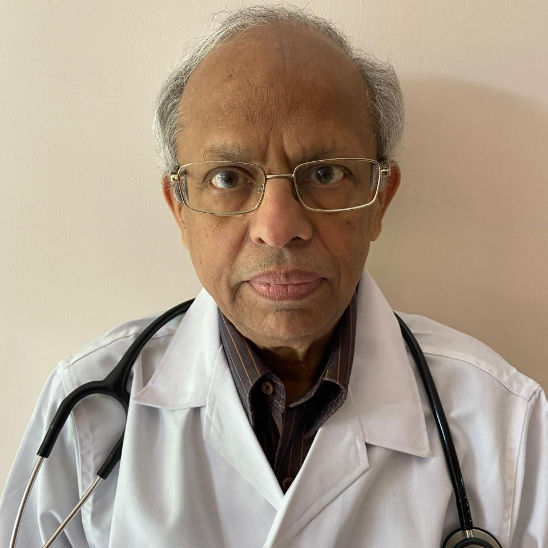
Dr. E Prabhakar Sastry
General Physician/ Internal Medicine Specialist
40 Years • MD(Internal Medicine)
Manikonda Jagir
Apollo Clinic, Manikonda, Manikonda Jagir
(125+ Patients)

Dr Rajashekar Mummadi
Neurologist
3 Years • MBBS, DNB General Medicine, DRNB Neurology
Hyderabad
Dr Ram's Neuro Clinic, Hyderabad
.webp)
